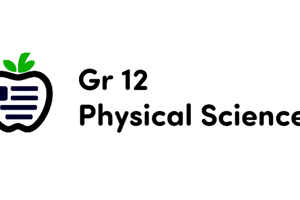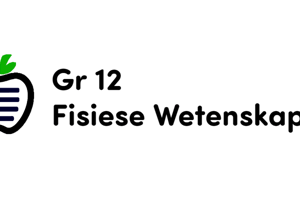Podcast
Questions and Answers
What does it indicate when a solution that was colored changes back to colorless in a reversible reaction?
What does it indicate when a solution that was colored changes back to colorless in a reversible reaction?
It indicates that the solution returned to its initial state.
How do reversible reactions differ from irreversible reactions in terms of reactants and products?
How do reversible reactions differ from irreversible reactions in terms of reactants and products?
Reversible reactions do not completely convert reactants into products, and some products may convert back into reactants.
In a chemical equation, how can you visually distinguish between irreversible and reversible reactions?
In a chemical equation, how can you visually distinguish between irreversible and reversible reactions?
Irreversible reactions are represented with a single headed arrow, while reversible reactions use a double headed arrow.
Can you describe how a reversible reaction is typically represented in general terms?
Can you describe how a reversible reaction is typically represented in general terms?
What fundamental concept is demonstrated when the rates of cars entering and leaving San Francisco through the Golden Gate Bridge are equal?
What fundamental concept is demonstrated when the rates of cars entering and leaving San Francisco through the Golden Gate Bridge are equal?
How do reversible reactions challenge the idea of chemical reactions progressing in just one direction?
How do reversible reactions challenge the idea of chemical reactions progressing in just one direction?
What happens to the equilibrium if K is much greater than 1?
What happens to the equilibrium if K is much greater than 1?
What occurs when Q is less than K in a chemical reaction?
What occurs when Q is less than K in a chemical reaction?
Give an example of a reversible process in everyday life.
Give an example of a reversible process in everyday life.
Provide an example of an irreversible process that is evident in everyday situations.
Provide an example of an irreversible process that is evident in everyday situations.
Why is it important to understand chemical equilibrium in industrial processes?
Why is it important to understand chemical equilibrium in industrial processes?
How does the equilibrium constant affect the distribution of products and reactants in a reaction?
How does the equilibrium constant affect the distribution of products and reactants in a reaction?
What role does the reaction quotient (Q) play in determining the direction of a chemical reaction?
What role does the reaction quotient (Q) play in determining the direction of a chemical reaction?
What is the primary question that chemical equilibrium answers?
What is the primary question that chemical equilibrium answers?
What type of reactions can be described as reversible?
What type of reactions can be described as reversible?
What is the significance of the equilibrium constant value?
What is the significance of the equilibrium constant value?
What is the condition for equilibrium in terms of reaction rates?
What is the condition for equilibrium in terms of reaction rates?
What is an example of a reversible process in the blue bottle experiment?
What is an example of a reversible process in the blue bottle experiment?
What is the purpose of the reaction quotient in relation to the equilibrium constant?
What is the purpose of the reaction quotient in relation to the equilibrium constant?
Flashcards are hidden until you start studying
Study Notes
Reversible Reactions
- In a reversible reaction, reactants are not completely converted into products, and some products may be converted back into reactants.
- A reversible reaction is denoted by a double-headed arrow () in a chemical equation, indicating that the forward and backward reactions occur simultaneously.
Characteristics of Reversible Reactions
- The reaction does not proceed to completion in one direction.
- The rate of the forward reaction is equal to the rate of the backward reaction.
Equilibrium
- Equilibrium is attained when the rates of the forward and backward reactions are equal.
- At equilibrium, the concentrations of reactants and products remain constant.
Equilibrium Constant (K)
- If K >> 1, the equilibrium lies to the right, and products predominate in the equilibrium mixture.
- If K << 1, the reactants dominate the reaction mixture, and the reaction proceeds in the forward direction until equilibrium is attained.
- If K ≈ 1, the concentrations of reactants and products are equal at equilibrium.
Chemical Equilibrium in Everyday Situations
- Examples of reversible processes include a reversible reaction and the number of cars inside San Francisco when the rate at which cars enter the city is equal to the rate at which cars leave the city.
- Examples of irreversible processes include combustion reactions and cooking an egg.
Significance of Chemical Equilibrium
- Chemical equilibrium is significant in understanding the direction of a reaction and the concentrations of reactants and products at equilibrium.
- Chemical equilibrium has important applications in industrial processes, such as the production of ammonia and the Haber process.
Chemical Thermodynamics and Kinetics
- Chemical thermodynamics answers the question "Why do some reactions proceed spontaneously while others are nonspontaneous?"
- Chemical kinetics answers the question "How fast a chemical reaction proceeds?"
- Chemical equilibrium answers the question "How far do reactions proceed?"
Studying That Suits You
Use AI to generate personalized quizzes and flashcards to suit your learning preferences.




